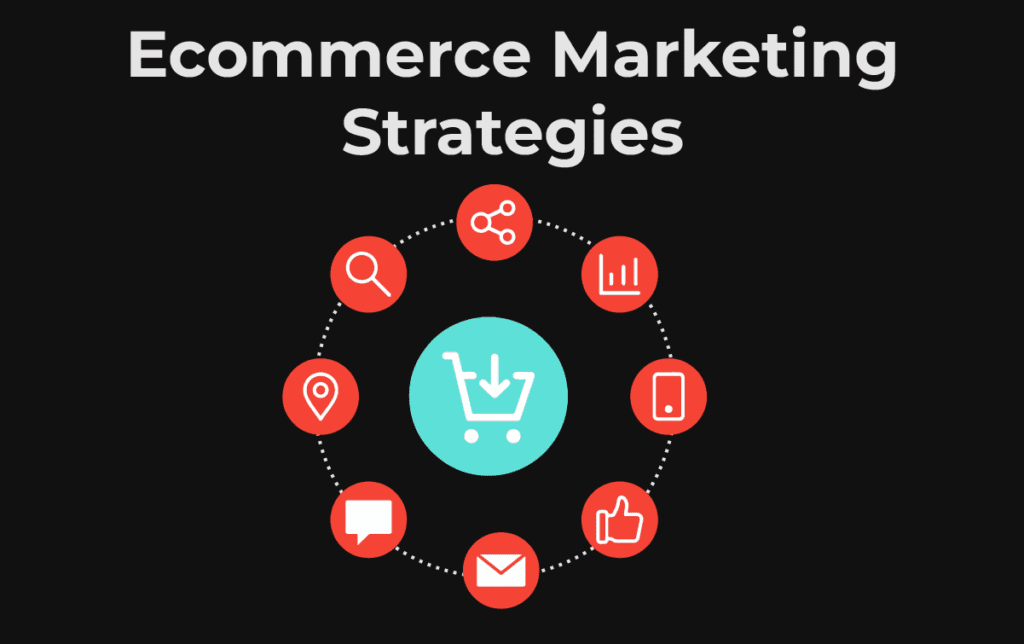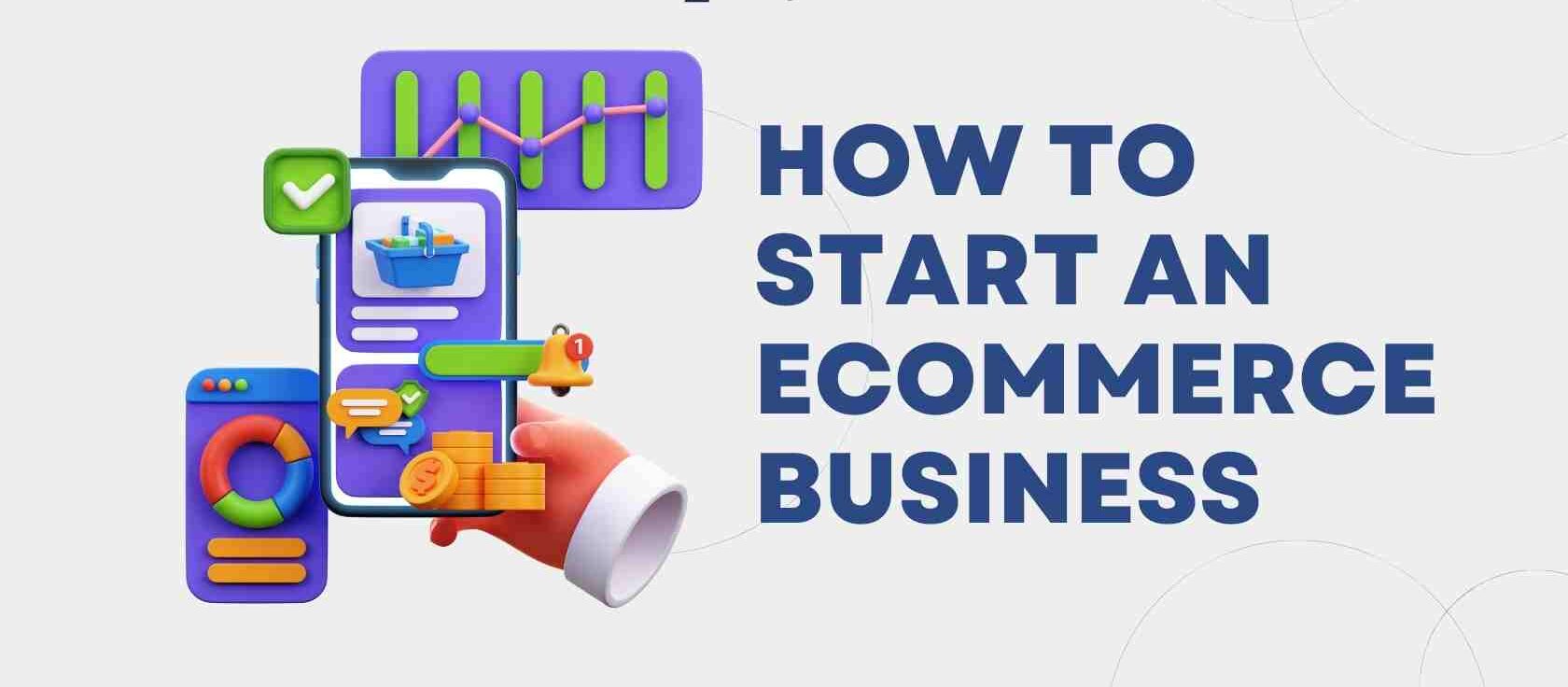Ecommerce SEO Checklist: The Ultimate Guide to Boost Organic Traffic in 2025
If you’re running an online store, one thing is clear: SEO is non-negotiable. You can have the best products, sleekest website, and the fastest shipping — but if customers can’t find you on search engines, you’re leaving money on the table. That’s why having a solid ecommerce SEO checklist is essential for any store owner looking to grow sustainably through organic traffic.
In this detailed guide, we’ll walk you through every step you need to take to ensure your ecommerce website is optimized for search engines — from technical tweaks to content strategies and everything in between.
Let’s dive in!
Why SEO Matters for Ecommerce
Before we get into the ecommerce SEO checklist, let’s talk about why SEO is so important for online stores:
-
High Intent Traffic: People who search for products online are usually ready to buy.
-
Long-Term ROI: Unlike ads, SEO keeps bringing traffic without ongoing spend.
-
Competitive Advantage: Most ecommerce businesses still underinvest in SEO — that’s your opportunity.
Now that you know the “why,” let’s move on to the “how.”
Ecommerce SEO Checklist: 20 Must-Do Steps for 2025
Here’s your ultimate ecommerce SEO checklist, broken down into clear categories for easy implementation.
✅ 1. Keyword Research: Start with Search Intent
-
Use tools like Ahrefs, SEMrush, or Ubersuggest to find product-focused keywords.
-
Include both short-tail (e.g., “running shoes”) and long-tail keywords (e.g., “best men’s running shoes under $100”).
-
Analyze your competitors’ keywords and rankings.
-
Prioritize keywords with commercial intent and manageable difficulty.
📌 Checklist Tip: Add buyer-intent keywords to your product titles and descriptions for better visibility.
✅ 2. Optimize Product Pages for On-Page SEO
Each product page should be a mini-SEO powerhouse. Here’s what to include:
-
Keyword in title tag and H1
-
Compelling meta description
-
Keyword-rich, unique product description
-
Alt text for all images
-
Use schema markup for product info (price, ratings, stock)
💡 Pages that meet both SEO and UX goals tend to rank higher — a key principle in any ecommerce SEO checklist.
✅ 3. Improve Site Speed and Performance
Page load speed affects both SEO and conversion rates. Google prioritizes fast-loading sites in search results.
-
Use tools like Google PageSpeed Insights and GTmetrix
-
Compress images and enable lazy loading
-
Minimize JavaScript and CSS
-
Choose a fast, reliable hosting provider
🚀 Faster sites keep users engaged — a core part of any effective ecommerce SEO checklist.

✅ 4. Mobile Optimization is a Must
Over 70% of ecommerce traffic comes from mobile devices. Your site must be responsive and mobile-friendly.
-
Use a responsive design
-
Avoid pop-ups that block content
-
Test your site on multiple devices
-
Use Google’s Mobile-Friendly Test
📲 A mobile-first strategy is no longer optional — it’s central to your ecommerce SEO checklist.
✅ 5. Fix Crawl Errors and Broken Links
Google won’t rank pages it can’t crawl. Make sure your site is easy to navigate for both users and search engines.
-
Use tools like Google Search Console to check for crawl errors
-
Fix 404 errors and redirect broken URLs
-
Create a sitemap.xml and robots.txt file
-
Submit your sitemap to Google Search Console
🔍 Think of crawlability as the backbone of your ecommerce SEO checklist — without it, your content goes unseen.
✅ 6. Build a Clean, SEO-Friendly URL Structure
URLs should be short, descriptive, and keyword-focused.
-
Avoid numbers, symbols, or irrelevant words
-
Use hyphens, not underscores
-
Example:
www.store.com/mens-running-shoesinstead ofwww.store.com/p1234xYz/
🌐 A clean URL helps search engines and users understand your page at a glance — an often overlooked ecommerce SEO checklist step.
✅ 7. Use Descriptive, Optimized Category Pages
Don’t just list products on your category pages — optimize them.
-
Add a keyword-rich H1 and introductory paragraph
-
Use subheadings (H2s) to organize product types
-
Add internal links to featured products or blog posts
-
Include an FAQ section using schema markup
📁 Category pages often rank higher than product pages — so don’t skip this critical part of your ecommerce SEO checklist.
✅ 8. Leverage Internal Linking
Internal linking helps distribute page authority and guides users through your site.
-
Link from blog posts to relevant product or category pages
-
Use anchor text that matches your target keyword
-
Include “related products” sections to keep users browsing
🔗 Smart internal linking strengthens your site’s architecture — and it’s a powerful weapon in your ecommerce SEO checklist.
✅ 9. Create High-Quality, Keyword-Optimized Content
Content marketing isn’t just for blogs — it’s a traffic magnet for ecommerce too.
-
Create helpful blog posts, how-to guides, and buying guides
-
Target long-tail keywords that support your products
-
Update content regularly to keep it fresh
📝 Think beyond product pages. Content builds authority — a vital piece of your ecommerce SEO checklist.
✅ 10. Implement Technical SEO Best Practices
Behind-the-scenes SEO still plays a big role in your rankings.
-
Use HTTPS (SSL certificate) — it’s a ranking factor
-
Set up canonical URLs to avoid duplicate content
-
Enable breadcrumb navigation
-
Use structured data to enhance rich snippets
⚙️ Don’t overlook technical details — they are a major part of a complete ecommerce SEO checklist.
✅ 11. Encourage and Display Customer Reviews
User-generated content like reviews improves credibility and SEO.
-
Add review sections to every product page
-
Use schema markup so reviews show in search results
-
Send follow-up emails asking for reviews after purchase
⭐ Reviews boost conversions and organic CTR — a win-win item on your ecommerce SEO checklist.
✅ 12. Optimize for Voice Search
More users are searching via smart devices. Adapt your content accordingly.
-
Use conversational keywords and questions
-
Add FAQ sections with natural language
-
Target “near me” and long-tail searches
🎙️ Voice SEO is growing, and forward-thinking brands already include it in their ecommerce SEO checklist.
✅ 13. Set Up and Monitor Google Search Console
Don’t fly blind — use real data to improve SEO.
-
Track impressions, clicks, and keyword rankings
-
Monitor crawl errors and indexing issues
-
Submit updated sitemaps
📊 Data is your compass in the ever-evolving world of ecommerce SEO.
✅ 14. Focus on Conversion Rate Optimization (CRO)
Traffic without sales = wasted effort.
-
Use heatmaps to see how users behave
-
Simplify navigation and checkout processes
-
Add trust badges, reviews, and clear CTAs
🛒 Conversion optimization belongs on every ecommerce SEO checklist — after all, SEO success is about sales, not just rankings.
✅ 15. Local SEO for Stores with Physical Locations
If you have brick-and-mortar locations, you need local SEO.
-
Create and optimize a Google Business Profile
-
Add NAP (Name, Address, Phone) info sitewide
-
Get listed in local directories
📍 Local traffic can convert fast — don’t leave it out of your ecommerce SEO checklist.
Final Thoughts: Putting the Ecommerce SEO Checklist to Work
SEO is not a one-time task — it’s a long-term investment. But the payoff is massive when done right. Use this ecommerce SEO checklist as your roadmap to consistently improve your rankings, traffic, and revenue in 2025 and beyond.
To recap, a winning SEO strategy includes:
-
Solid keyword research
-
Fast, mobile-optimized performance
-
Clean site structure and URLs
-
High-quality content and on-page SEO
-
Smart internal linking and technical best practices
By following this comprehensive ecommerce SEO checklist, you’ll be ahead of 90% of your competitors who still treat SEO as an afterthought.



